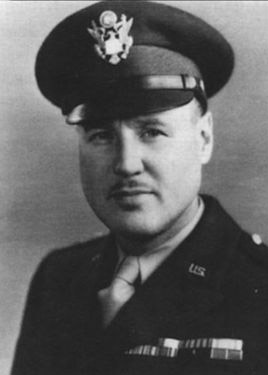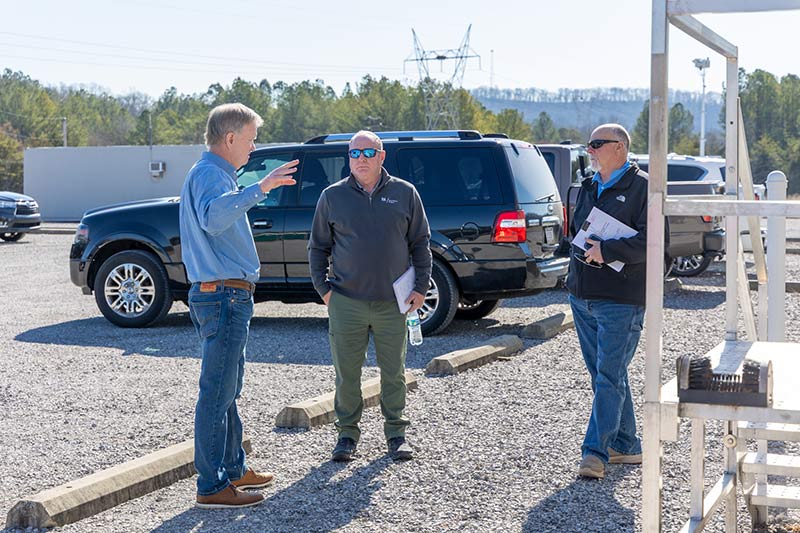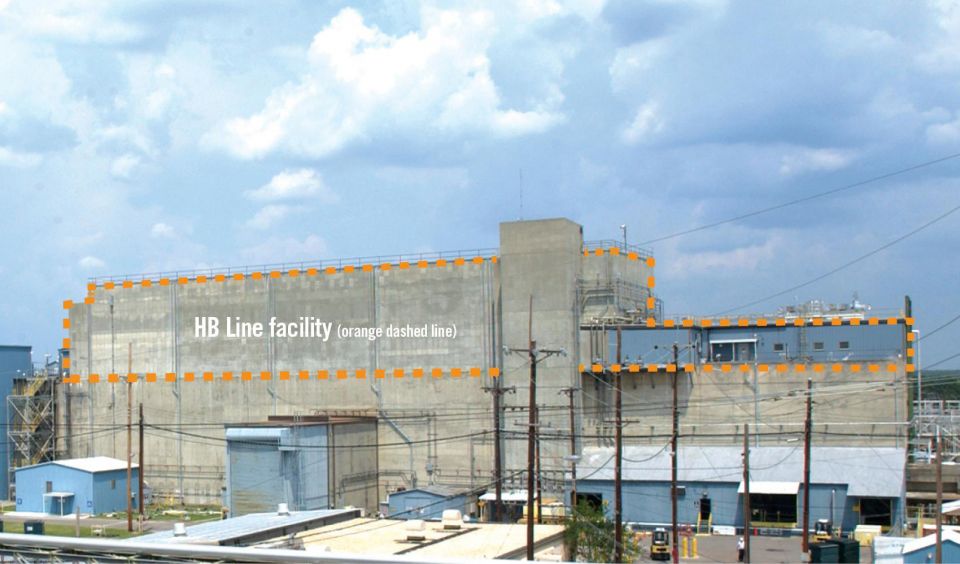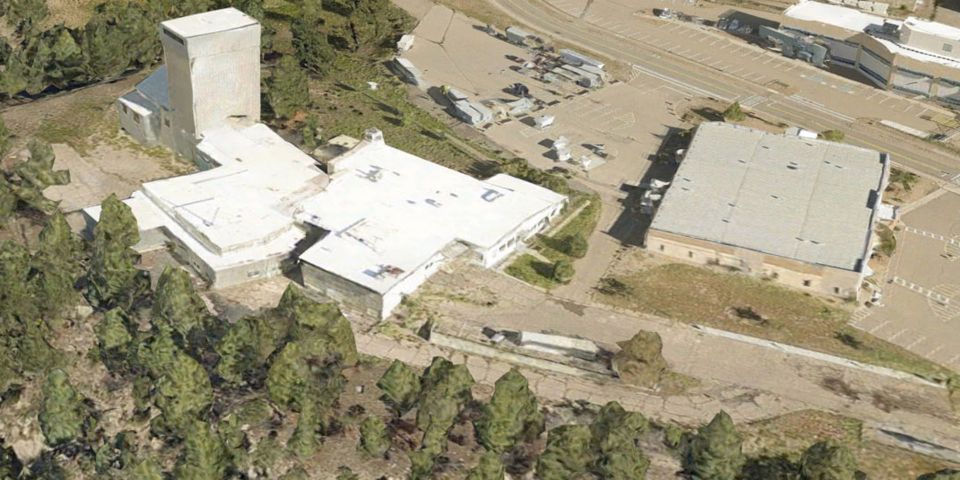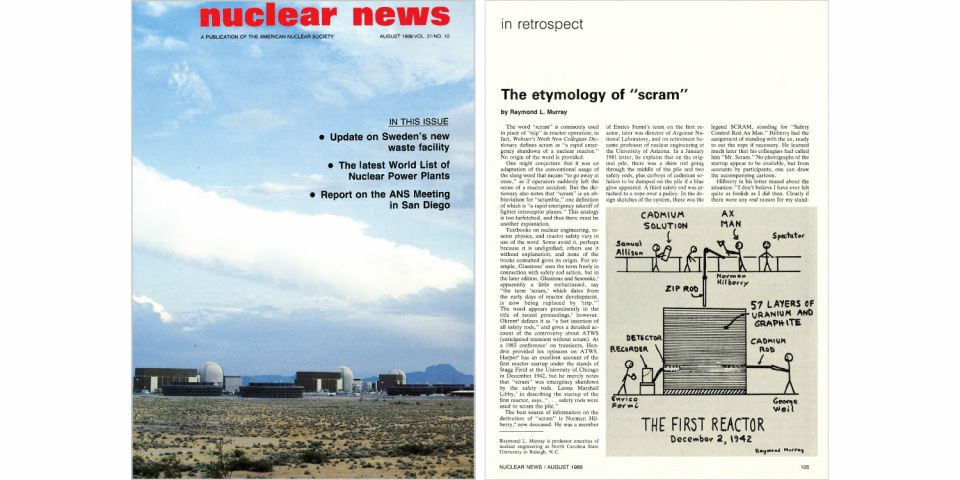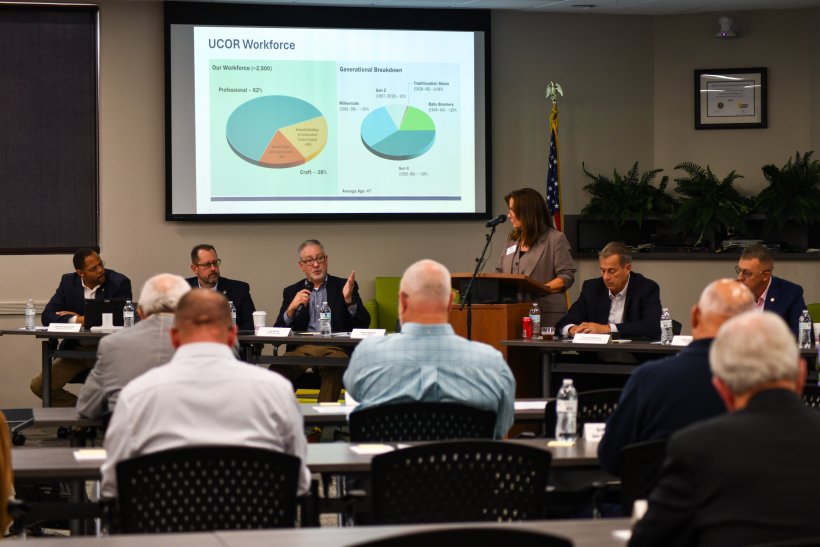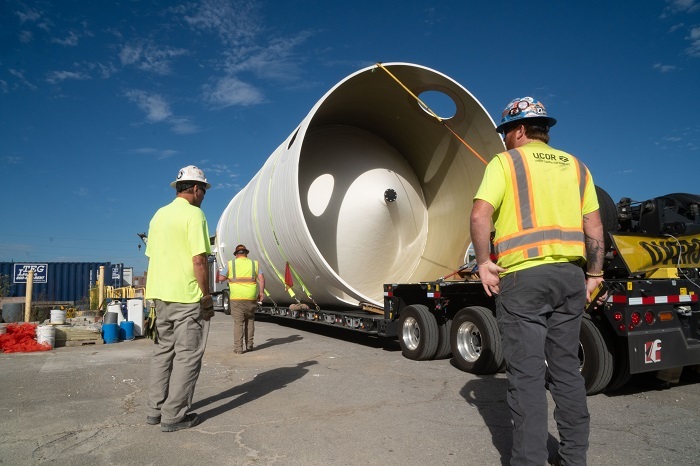The latest installment in the article series covers “the nail-biting effort to build production facility Y-12 [the Electromagnetic Processing Plant] at Oak Ridge,” including the work of physicist Ernest O. Lawrence, of the University of California–Berkeley, and a team of young plant operators known as the Calutron Girls.
The article shares personal observations of Nichols regarding the historic activities with which he was involved and the history-making personalities with whom he worked.
E. O. Lawrence: In his own words, Nichols remembered Lawrence as “probably . . . the most dynamic of all the physicists involved in producing the atomic bomb. A Nobel Prize winner, he had distinguished himself as a great experimenter and leader in the development of the cyclotron [a type of particle accelerator]. He was a doer who attracted scientists and engineers to carry out his projects, including the building of a 184-inch giant cyclotron. Its magnet now provided a facility for developing the electromagnetic process.”
Nichols continues, “Of course, he could be mean as hell when somebody crossed him. But, generally speaking, he was pleasant. Of all the scientific organizations, his was the most cohesive, the most loyal to him, where they worked as a team. Everywhere else, we had dissension among the scientists. . . . Oh, those guys would just swear by him and would work night and day.”
Big project gets bigger: Smith and Scollin share a story about the construction of Y-12 for the Manhattan Project: “Unexpected bad news arrived mid-1943 when Dr. [J. Robert] Oppenheimer tripled the estimate of the amount of U-235 that would be needed for an effective weapon. This necessitated Nichols to oversee an expansion [of Y-12 site plans] called Alpha II, consisting of two buildings, each containing two rectangular tracks of 96 units each. Additional Beta units were also required.”
At this point, estimated construction costs for Y-12 were $250 million (approximately $4.6 billion in 2025). And, according to Smith and Scollin, “This did not include the 14,700 tons of silver borrowed from the U.S. Treasury.” Ultimately, the total cost of the 500-acre plant was $427 million (approximately $7.8 billion in 2025), and “problems were encountered at every stage of construction and production.”
Calutron Girls: Nichols was worried that it might take “hundreds or even thousands of PhDs to operate the [Y-12] plant.” However, three organizations came up with the solution. “Tennessee Eastman worked closely with Stone & Webster to develop the chemical process based on UC Berkeley’s work, then trained the operators, ‘the Calutron Girls,’ straight out of high school.” The term “calutron” comes from “California university cyclotron”—U-shaped vacuum tanks placed within a magnetic field through which beams of ionized uranium were passed in order to separate isotopes.
In Nichols’ recollection, “Tennessee Eastman employees [in the] electromagnetic plant [were given a] cover story . . . for example, that we were making a catalyst for gasoline to extend the range of bombers. But we had several such stories. At one time, [Lawrence] would break in each new unit. . . . As we would start up a unit, he would put on [his] operating team until we found out how to operate it. And then he would turn it over to Tennessee Eastman [to] train these girls to operate it.
“I commented to [Lawrence] one day after we had several units operating that the girls were outproducing his PhDs. . . . Of course, he thought I was crazy. We checked and sure enough, they were. And he said, ‘Oh that is just because they [the PhDs] do not try.’ I said, ‘Make them try. I do not think they can out-produce these girls.’
“The girls won because they were trained like soldiers. . . . In contrast, the scientists could not refrain from time-consuming investigation of the cause of even minor fluctuations of the dials. This little contest provided a big boost in morale for the Tennessee Eastman workers and supervisors.”
Education: This article series by Scollin and Smith provides little-known insights into an era of U.S. history that changed the world to an extent equaled by few other eras. Scollin points out that the “writing of these articles is not done for any compensation by me (the author) nor Ray Smith. . . . Rather, [the articles] are to educate those interested in the history of Oak Ridge, Tenn.; Hanford, Wash.; Los Alamos, N.M.; the Manhattan Project; and the post-WWII atomic energy development.”
Read the full article about Y-12, and link to other articles in the series, at The Oak Ridger
